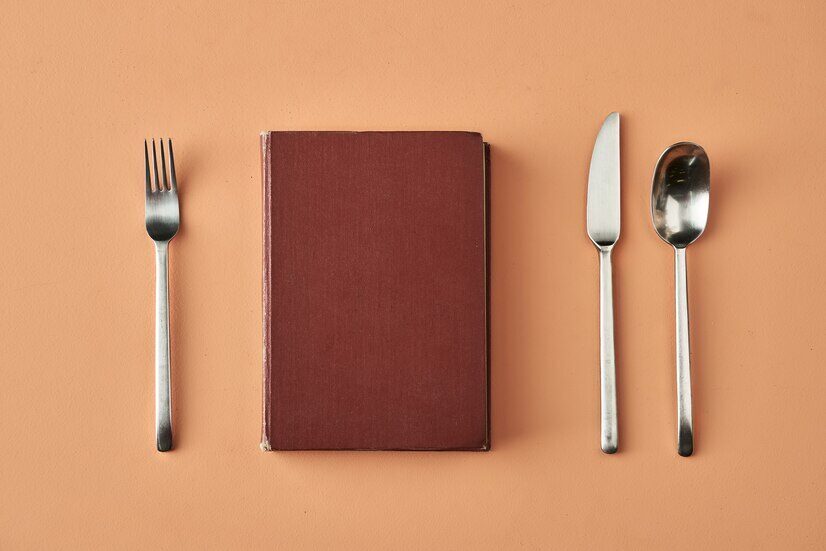In “Perhaps the World Ends Here” by Joy Harjo, the writer uses a kitchen table to represent life and conversations to represent the different stages of life. For example, Harjo starts begins describing the meaning of the kitchen table in infancy, “Babies teethe at the corners. They scrape their knees under it”. She then moves on to childhood, “It is here that children are given instructions on what it means to be human”. Next is adulthood, “Our dreams drink coffee with us as they put their arms around our children”. Finally she arrives to death, “and have prepared our parents for burial here”. These events or “conversations” Harjo recognizes can all be shared and enjoyed in one place, the kitchen table.
Harjo ends the poem by touching on an unexpected topic, the end of the world. However, instead of setting a dark and serious tone, Harjo imagines the end of the world to occur “ while we are laughing and crying, eating of the last sweet bite.” This image of the world ending at a kitchen table, something the writer is very fond of, makes it seem like it might not be such a gloomy thing. Almost as if the moments enjoyed at the “kitchen table” or in life are enough to leave the world satisfied.


